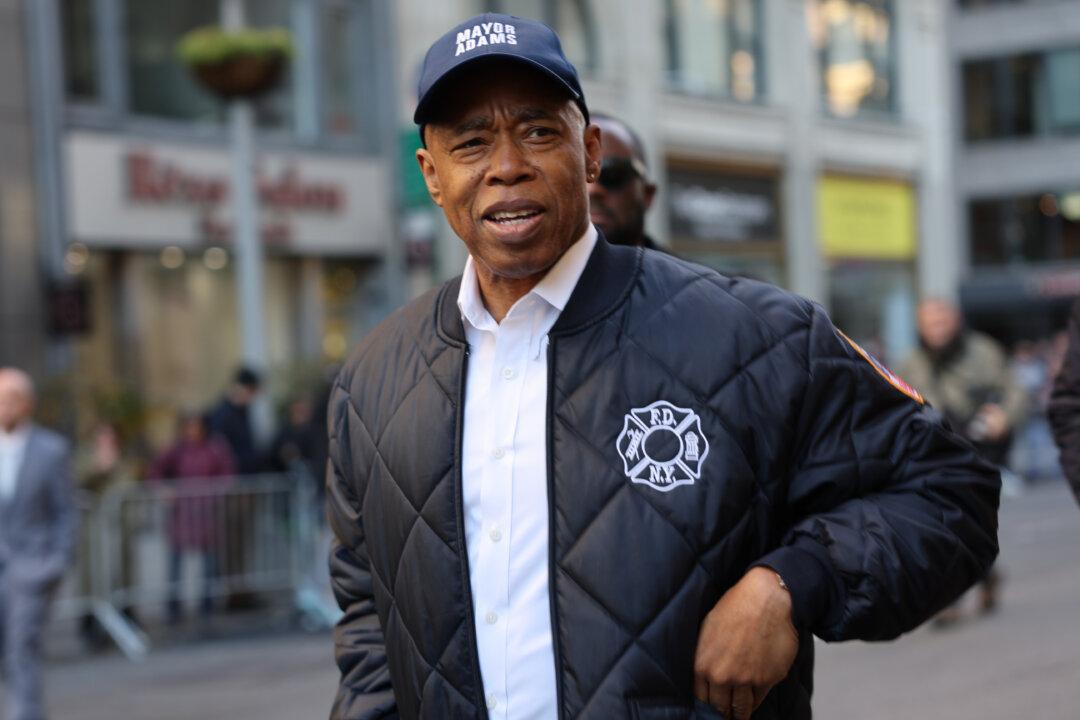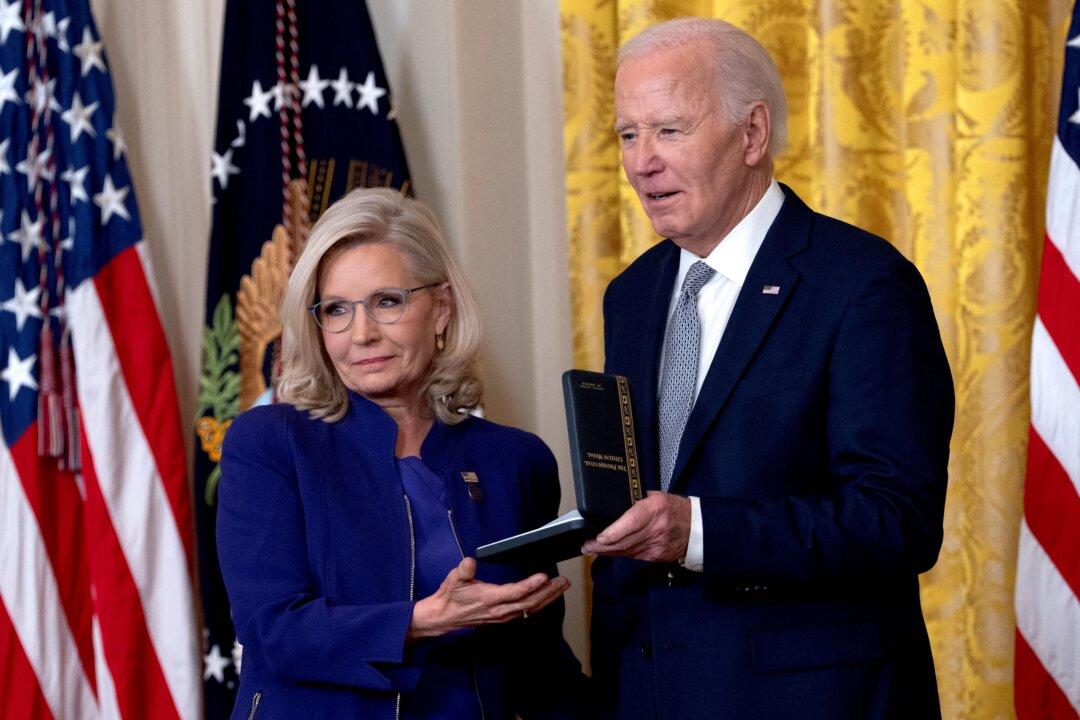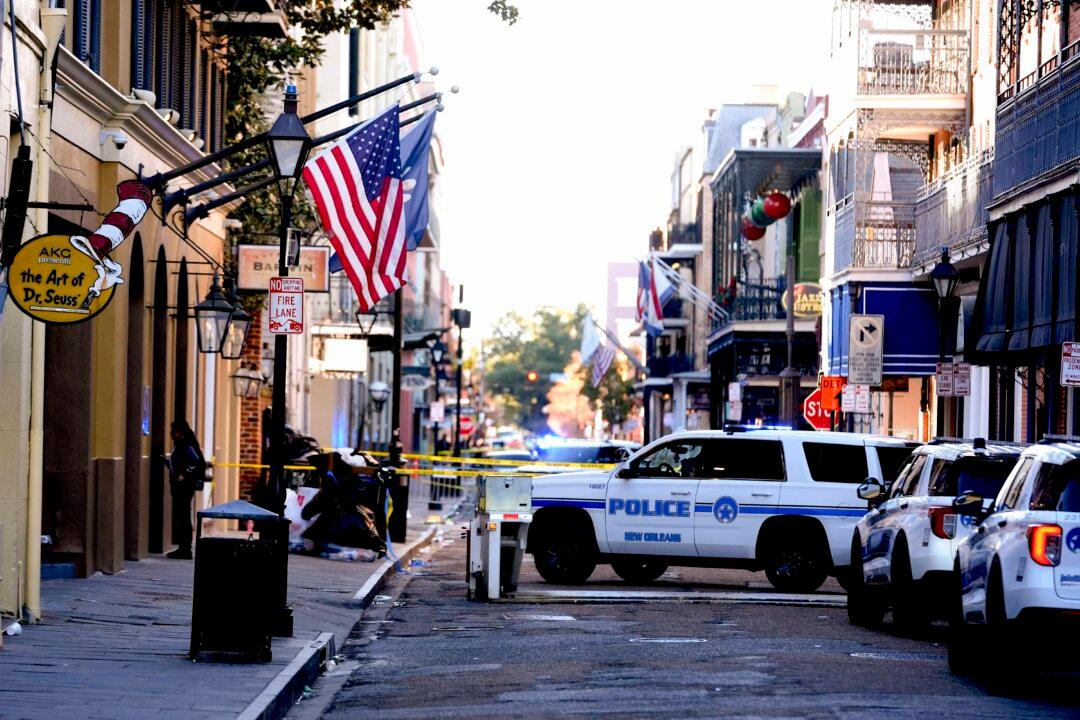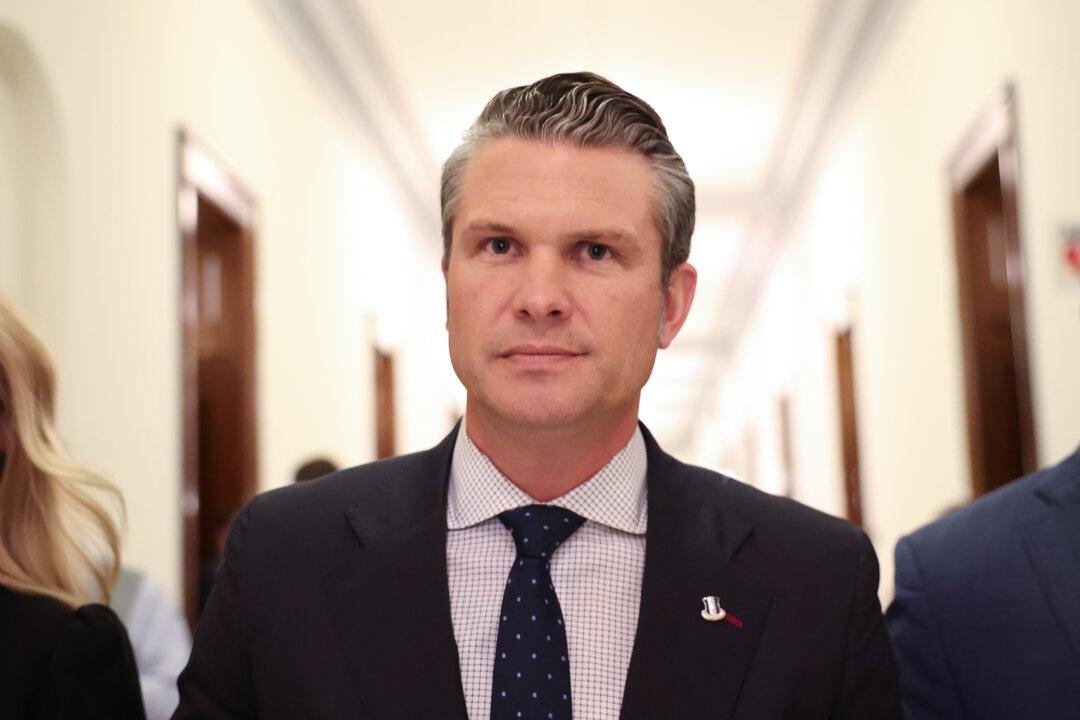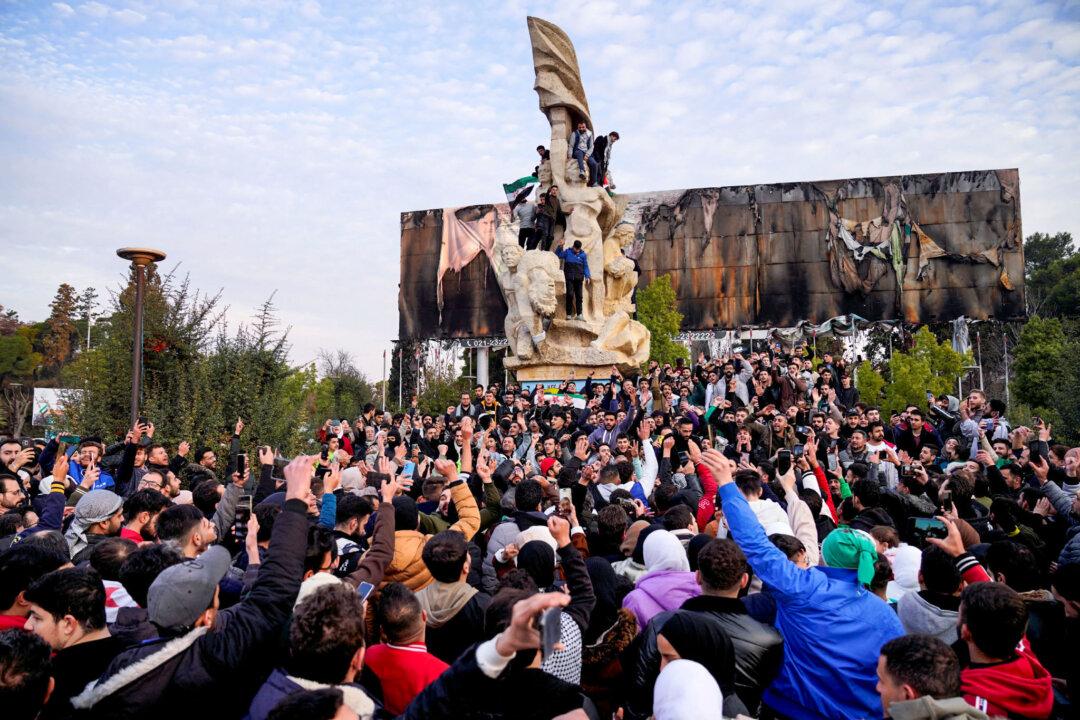New York City Mayor Eric Adams has announced plans to purchase millions in residents’ unpaid medical debt and then erase it in a scheme that could benefit up to 500,000 people who call the city home.
According to the Jan. 22 press release from the mayor’s office, New York will partner with RIP Medical Debt, a nonprofit organization that buys portfolios of outstanding medical debt from healthcare providers the secondary debt market where providers look to reclaim some of their costs at a steep discount with the help of private donations, or in this case public funding.
